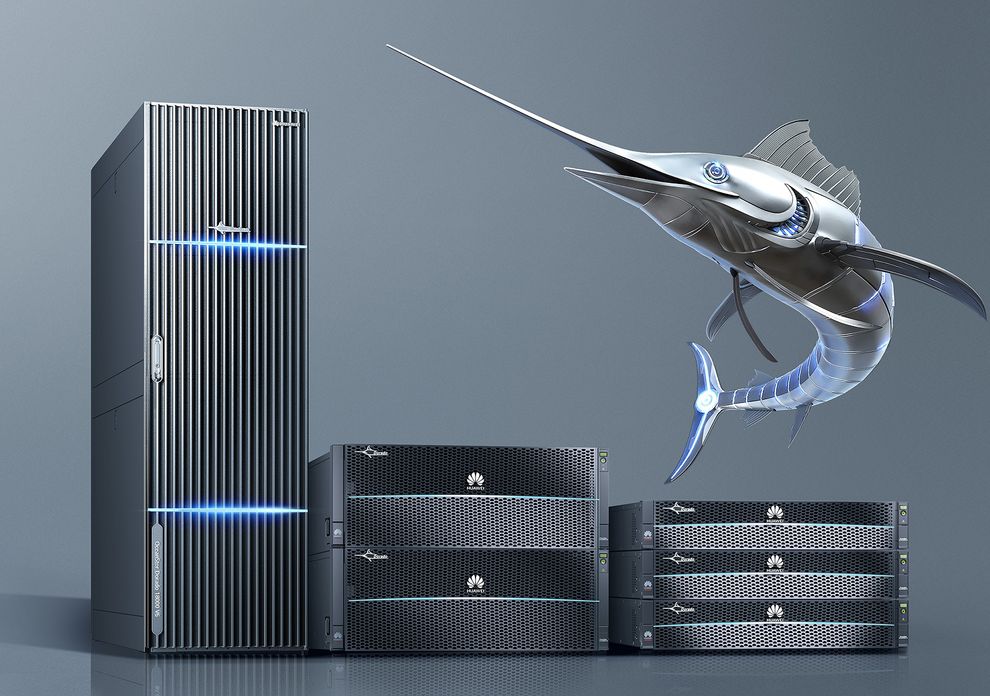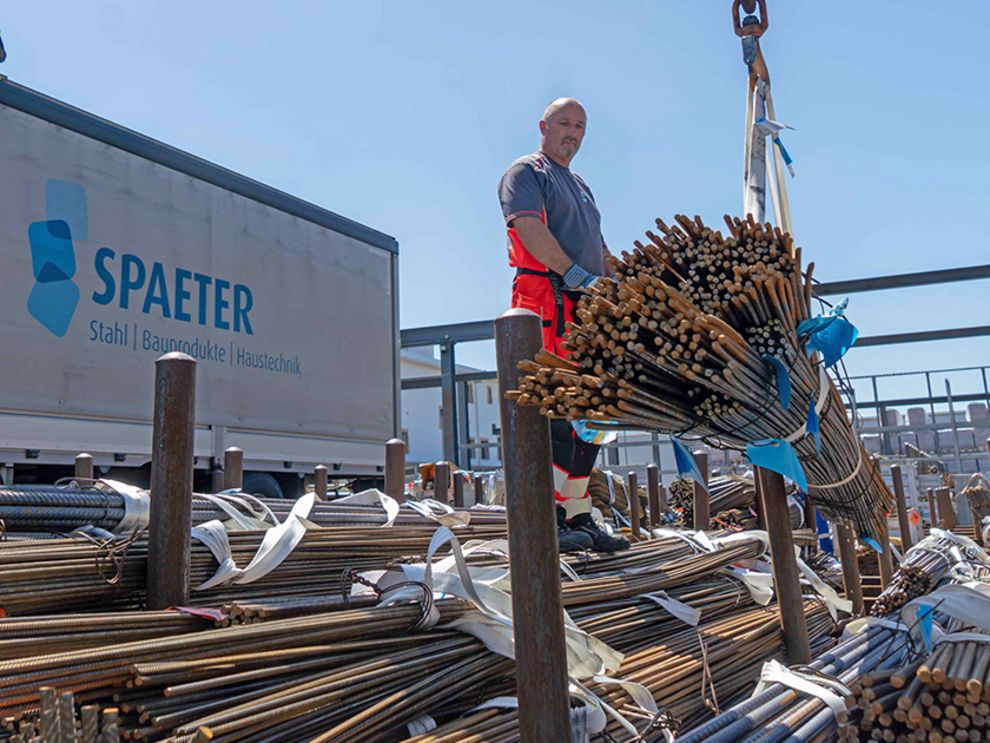All-Flash: More Speed, Less Heat, Lower Costs.
Chinese technology group Huawei is best known as a 5G mobile network equipment provider and smartphone manufacturer. The organization, founded in 1987, is now the world's most valuable telecommunications infrastructure brand, with a brand value of around USD 65 billion[i]. But the company also produces next-generation all-flash storage systems.
#Huawei #Infrastructure as a Service #IT as a Service #Managed Services #Platform as a Service
Flash memory systems did not get their name by chance: They perform their operations at lightning speed. Among other things, this has to do with the fact that all-flash storage solutions (unlike HDDs) do not have any moving parts. This not only makes them faster but also more reliable. That's because the stored data isn't lost even in the event of a power failure; all-flash doesn't need power to maintain data integrity. This is important, as is the increase in data processing speed and application performance made possible by the latest flash memory technology.
Flash produces less heat
Flash storage systems make higher utilization possible because hosts and networks no longer have to wait for the storage infrastructure to do its job - as was the case before flash storage existed. Today, servers can process thousands of transactions per second without maneuvering systems into a perpetual queue. The IoT (Internet of things) will swell data flows even further in the future: Big data platforms that deliver a constant flow of business data - structured or unstructured - rely on the high performance of flash systems, often unmatched by traditional HDDs.
Flash storage systems thus make a clear contribution to reducing operating costs. With no moving parts in the storage system, minimal heat dissipation and increased power density, it becomes possible to reduce energy costs - with flash, less cooling is required, which is particularly important in the data center.
NVM Express for more speed
NVMe is the new storage access and transport protocol for all-flash systems and next-generation SSDs [ii]. It enables unprecedented throughput and response times. With the NVMe protocol, flash memory is accessed over a PCI Express (PCIe) bus that supports tens of thousands of parallel command queues, making it significantly faster than hard disks and traditional all-flash architectures that serve a single command queue. Structurally, the logic for NVMe is stored in and executed by the NVMe controller chip. It is physically connected to the storage media.
This technology is also used in Huawei's all-flash storage systems, putting them at the forefront of industry speed benchmarks. Huawei cracked the SPC-1 benchmark this summer with an all-NVMe flash OceanStor array that is twice as powerful as that of previous titleholder Fujitsu[iii]. The SPC-1 test evaluates the performance of a storage array when it comes to processing IOs for mission-critical workloads.
UMB has superior Huawei expertise and has delivered multiple successful customer projects. That is why UMB is a Huawei Gold Partner. With this status, UMB is part of an exclusive circle in Switzerland. Gold also includes CSP ( certified service partner status), which allows UMB to provide direct service to Huawei customers locally from Switzerland, guaranteeing the best access to Huawei's know-how. As for Huawei storage systems, UMB focuses on OceanStor Dorado V6 NVMe all-flash storage systems, which are tailored to a wide range of enterprise sizes. They offer clearly superior storage performance with lower total cost of ownership (TCO).
Please contact us for additional information.
[i] Huawei - statistics & facts | Statista
[ii] What Is NVMe? - Benefits & Use Cases | NetApp
[iii] Huawei Set New Record for SPC-1 Performance | Storage Performance Council (spcresults.org)


